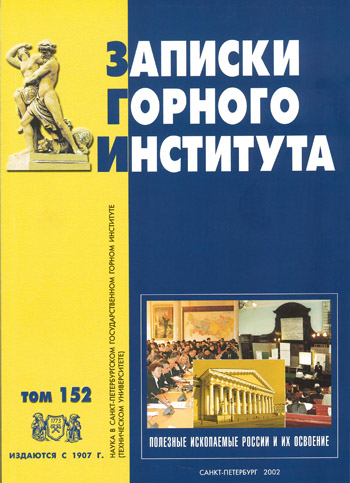Numerical modeling of scattering halos of ocean hydrotherms
- Postgraduate student G.V. Plekhanov Saint Petersburg State Mining Institute
Abstract
The formation of massive sulfide ores with enormous reserves of copper, zinc, gold, and other metals is associated with hydrothermal activity on the ocean floor at depths of 3 to 4 km. Hydrothermal solutions carry a mixture of heavy metal sulfides through the ocean floor, some of which are deposited near the hydrothermal source as various ore structures, while the main mass is dispersed by the bottom currents for tens of kilometers, forming halos of dispersion of ocean hydrotherms. Mapping of such halos is used to search for massive ores. Detailed study of hydrothermal scattering halos is complicated by the fact that it is necessary to investigate at a depth of more than 3 km. Mathematical modeling of hydrothermal halos can be used to obtain additional information, the results of which can be used to interpret the experimental data. The results of numerical calculations of hydrothermal source dispersion halos are in good agreement with the experimental data given in [3, 5].
